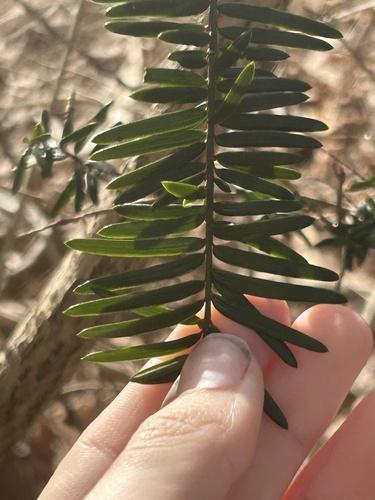
Japanese yew (Taxus cuspidata)
Japanese yew, also known as Japanese Yew, Spreading Yew
The Japanese Yew (Taxus cuspidata) is a tree species indigenous to Japan, Korea, and China. It comes in various sizes and produces bright red berries alongside vibrant green leaves, making it a favored choice for holiday decorations. However, this plant is toxic to humans. Birds like waxwings, thrushes, and cardinals often use it for shelter.
Key Facts About Japanese yew
Attributes of Japanese yew
Lifespan
Perennial
Plant Type
Shrub
Plant Height
10 m to 18 m
Spread
4.5 m to 8 m
Leaf Color
Green Yellow Gold
Flower Size
2.5 cm
Flower Color
Yellow Green Cream Brown
Scientific Classification of Japanese yew
Phylum
Vascular plants
Class
Conifers
Order
Pines and allies
Family
Yew
Genus
Yews
Species
Japanese yew
Toxicity
ingestion of leaves or sap, dermal contact with sap